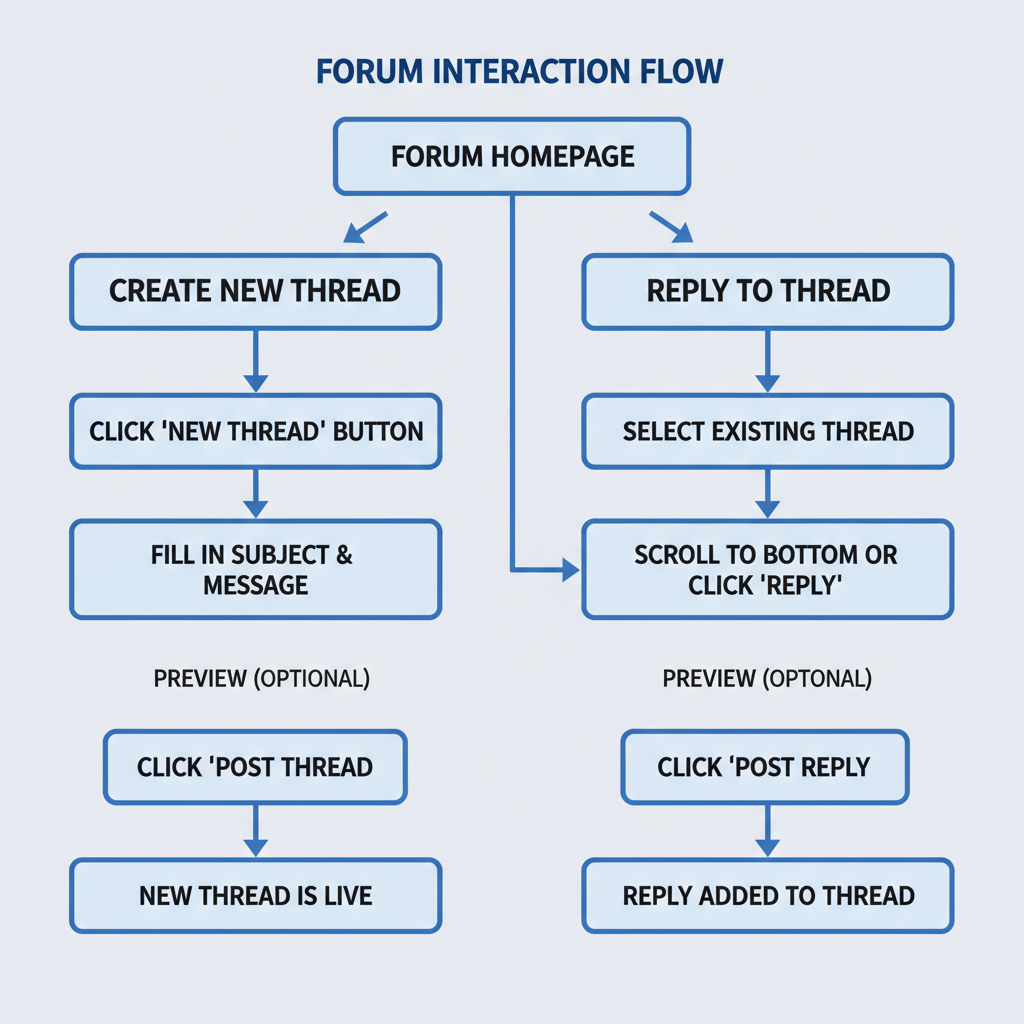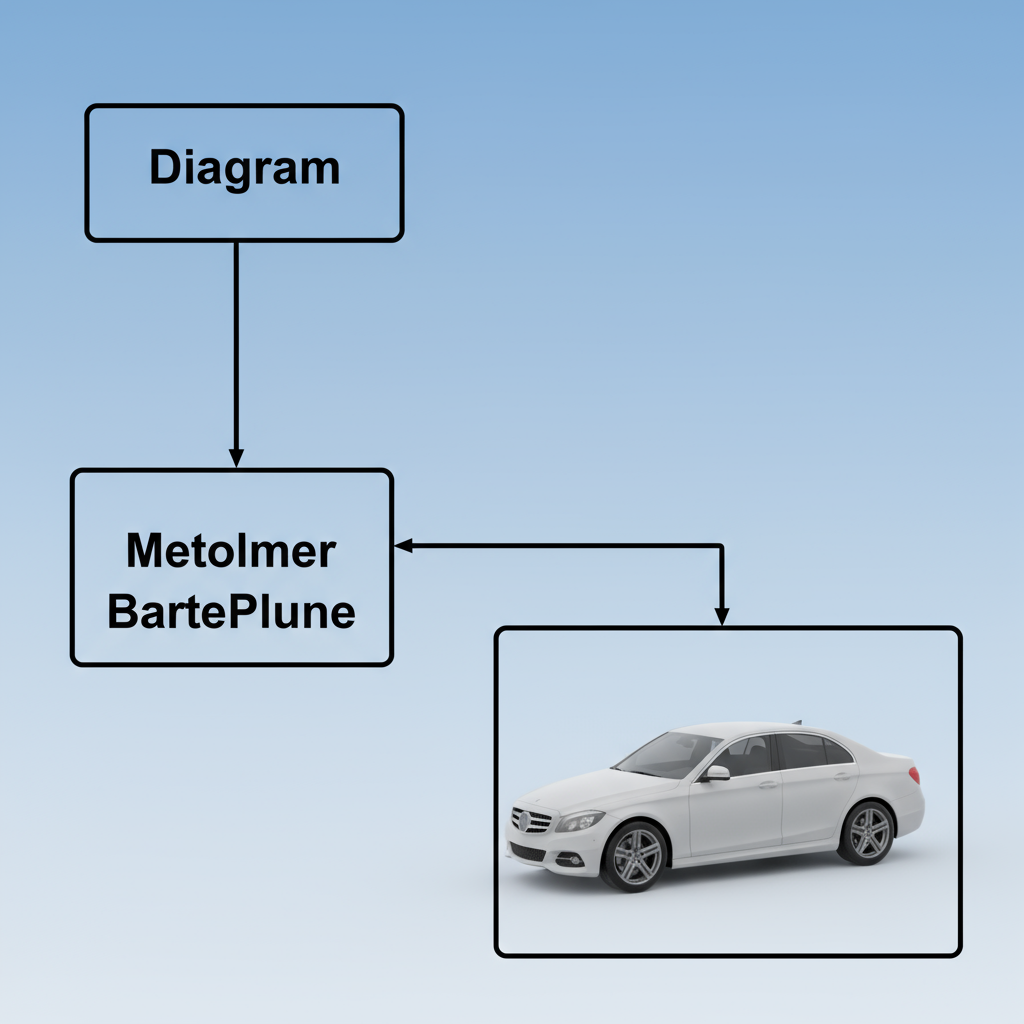New Threads Meaning Explained for Social Media and Forums
Learn what "new threads" mean in forums and social media, their history, usage examples, etiquette, and why they boost online community engagement.

Understanding the New Threads Meaning in Social Media and Forums
The phrase "new threads meaning" is an important concept in digital communication, widely used across forums, social media platforms, and community apps. Threads have been central to how discussions are organized online, and new threads signal fresh conversations that invite engagement. In this comprehensive guide, we’ll explore what threads are, how "new threads" are defined, their historical evolution, examples from popular platforms, etiquette tips, and their SEO relevance.

---
What Are "Threads" in Online Conversations?
At its core, a thread is a sequence of messages or posts grouped under a single topic. You’ll encounter threads in:
- Discussion boards and forums (e.g., phpBB, vBulletin)
- Social media apps (Twitter, Meta Threads, Reddit)
- Community platforms like Discord or Slack channels
They’re called "threads" because each post connects back to the original topic — much like beads strung together.
Key characteristics of threads include:
- Original Post (OP): The first message starting the conversation.
- Replies: Responses that remain within the topic thread.
- Continuity: Posts can be read in chronological or contextual order.
---
The Meaning of "New Threads"
When you see "new threads", it typically refers to:
- Recently created discussions on a forum or application.
- A user interface option to start a brand new conversation.
- Filters that display fresh topics since your last visit.
Simply put, "new threads" are starting points for untouched, original discussions.
---
A Brief History of the Term
Tracing the history of "threads" in online communication:
- 1980s–1990s: Bulletin Board Systems (BBS) used linear message chains identified by subject titles.
- Late 1990s–Early 2000s: Web forums widely adopted the term, often with a dedicated "New Thread" button.
- 2010s: Microblogging sites like Twitter introduced chained replies known as threads.
- 2020s: Meta launched Threads, giving the word brand-specific importance.
Despite evolving technology, the phrase "new thread" has consistently signified a fresh start in a discussion hierarchy.
---
Examples of "New Threads" Usage on Popular Platforms
Below is how the concept appears across major communication platforms:
| Platform | What "New Threads" Means | Example |
|---|---|---|
| A new post in a subreddit | Click "Create Post" to begin a topic in r/Technology | |
| A sequence of tweets from one user | Post a tweet, then reply to it several times to tell a story | |
| Meta Threads | A standalone post within the Threads feed | Share an update unrelated to past posts |
| Classic Forums | A new topic on a message board | Open a discussion in the "General Chat" category |
---
Starting a New Thread vs Replying
Knowing the difference is key to effective participation:
Starting a new thread:
- Initiates a completely new conversation.
- Signals freshness and uniqueness.
- Appears prominently in "Latest Discussions" or "New Posts".
Replying within a thread:
- Keeps the conversation on-topic.
- Maintains clarity and prevents discussion fragmentation.
Misusing threads by starting a new one instead of replying can clutter communities.
---
Why New Threads Matter for Engagement
Creating new threads can:
- Stimulate interaction through exciting topics.
- Encourage diversity by reaching varied audiences.
- Increase visibility — fresh content is often surfaced prominently by platforms.

Healthy communities thrive on a steady stream of new discussions. Without them, engagement metrics often decline.
---
Etiquette & Best Practices for New Threads
Before starting a new thread:
- Search for existing discussions to avoid duplication.
- Write a descriptive subject line that attracts interest.
- Provide relevant context in your initial post.
- Follow community guidelines and maintain respectful communication.
- Select the correct category so your topic reaches the right audience.
For instance, posting a technical query in a casual chat thread may be ineffective and potentially frustrate participants.
---
Possible Misinterpretations of "New Threads"
Although commonly understood as fresh online discussions, "new threads" can be confused with:
- Clothing references — slang for new outfits.
- Programming contexts — newly spawned lightweight processes in code.
- Textile industry terminology — literal new fiber strands.
Always interpret the phrase based on the surrounding context.
---
Relevance in Meta’s Threads App
With Meta’s Threads, the term gains a branded layer of meaning:
- New Thread: A standalone, feed-posted update.
- Threading: Linking multiple posts sequentially.
Because the app’s name is Threads, the phrase has special weight in marketing materials and user guidance.
---
SEO and Visibility for the "New Threads Meaning" Keyword
The keyword "new threads meaning" offers strong SEO potential, particularly for:
- Educational articles explaining online jargon.
- "How-to" guides for starting threads in specific platforms.
- Comparison posts showing usage in different contexts.
SEO Tips:
- Include related keywords like start a thread, forum thread, and discussion thread.
- Use screenshots or UI visuals to illustrate.
- Combine historical and current perspectives for long-tail optimization.
HTML meta tag example for keyword targeting:
---
Summary: Using "New Threads" in the Right Context
Across today’s digital platforms:
- In forums: Indicates a fresh topic awaiting responses.
- In social apps: Marks the start of a new conversational chain.
- In Meta Threads: Functions as both a feature and brand term.
By understanding and applying the new threads meaning accurately, you can engage more effectively, contribute value in your communities, and optimize content for SEO visibility.
Ready to start your own new thread? Practice these tips today, and watch how the right approach boosts your audience engagement.




